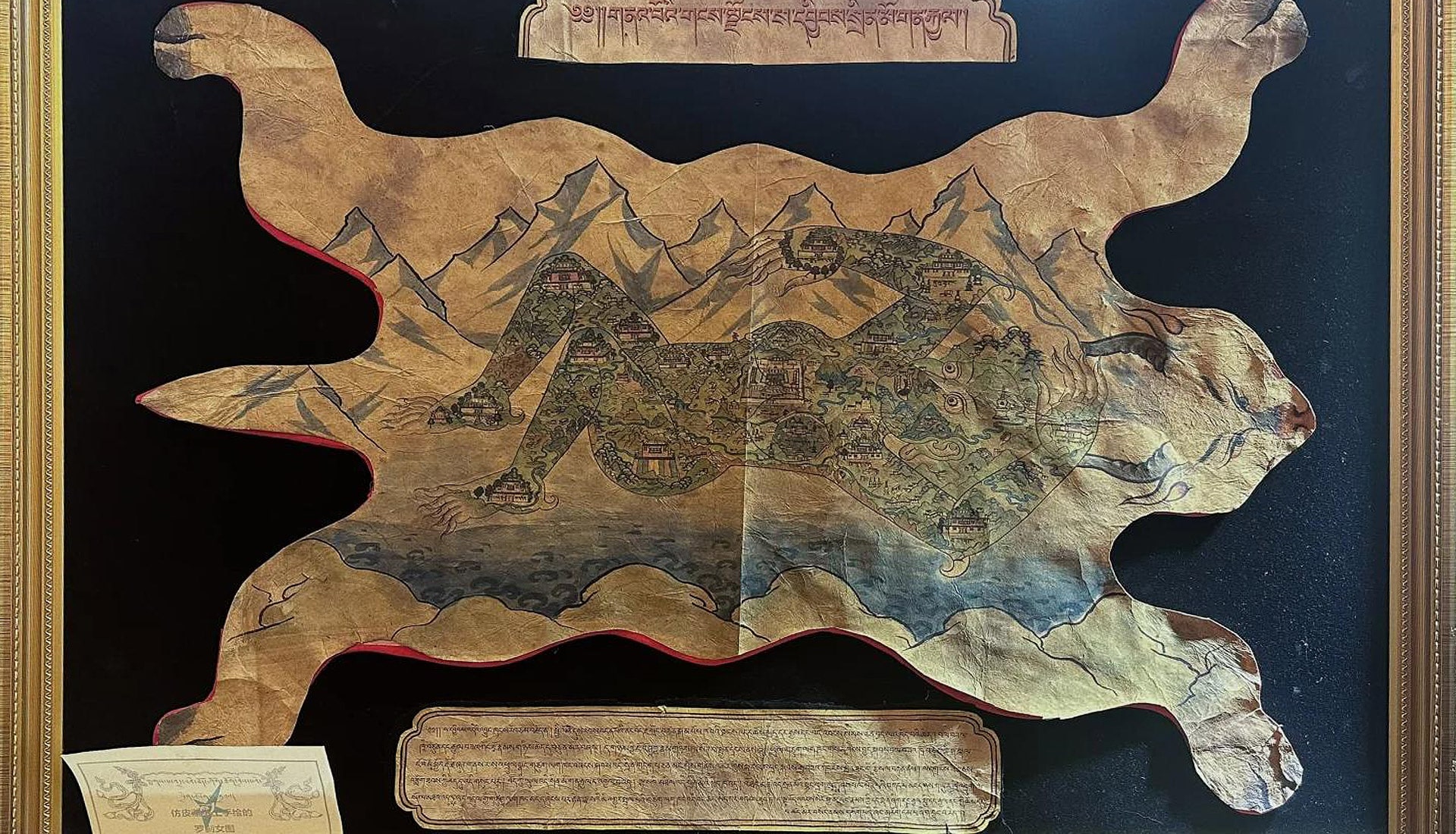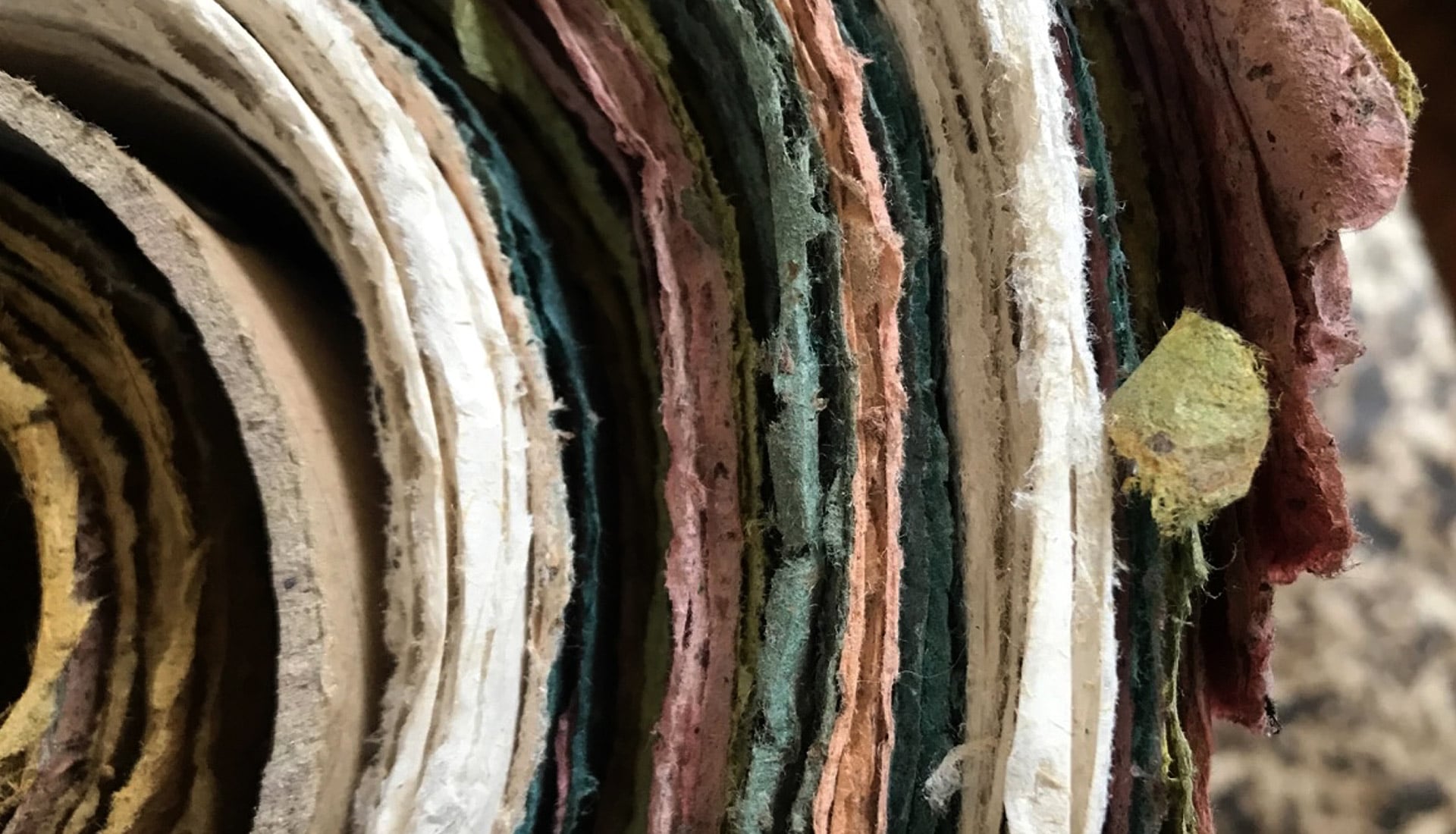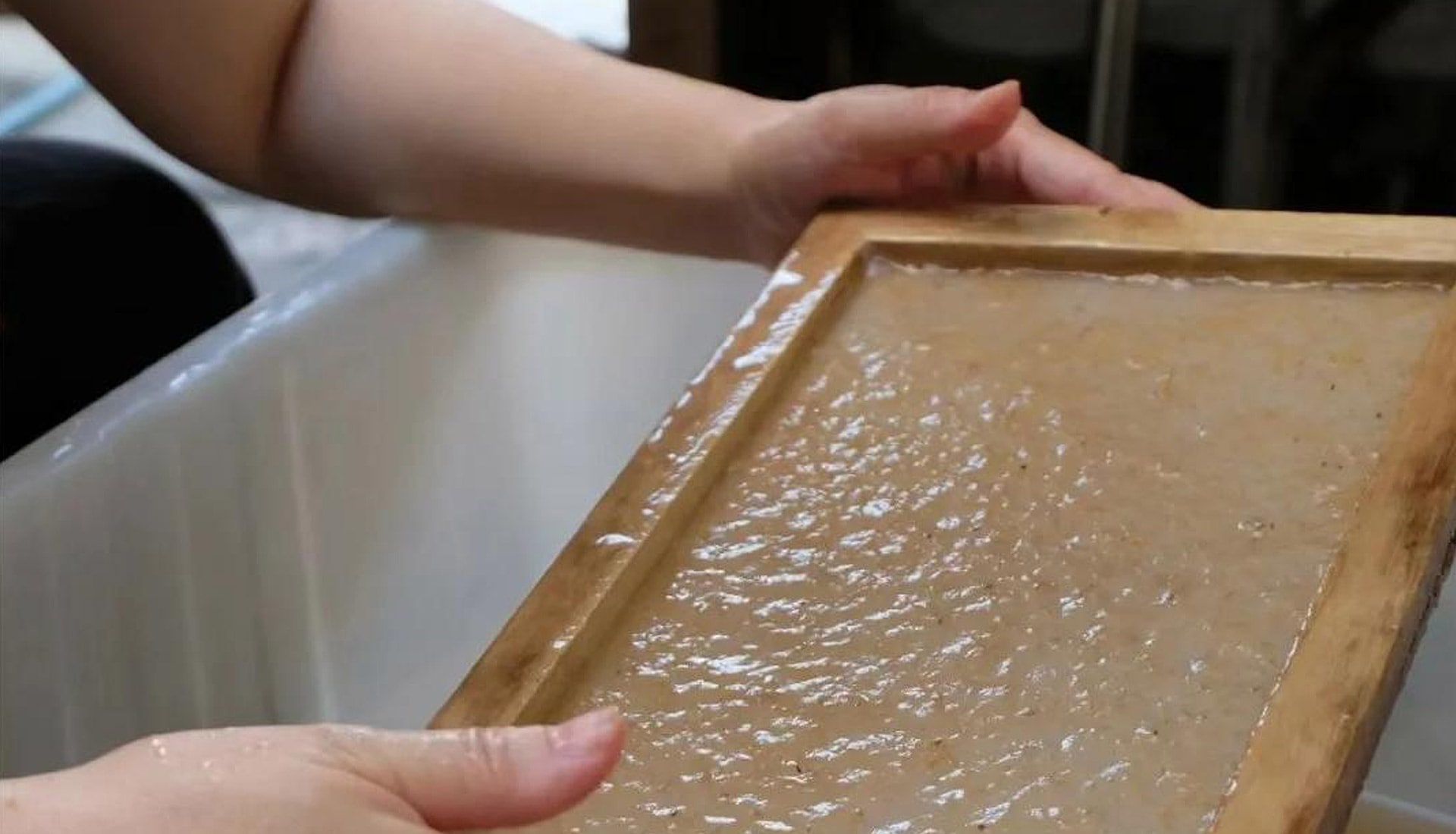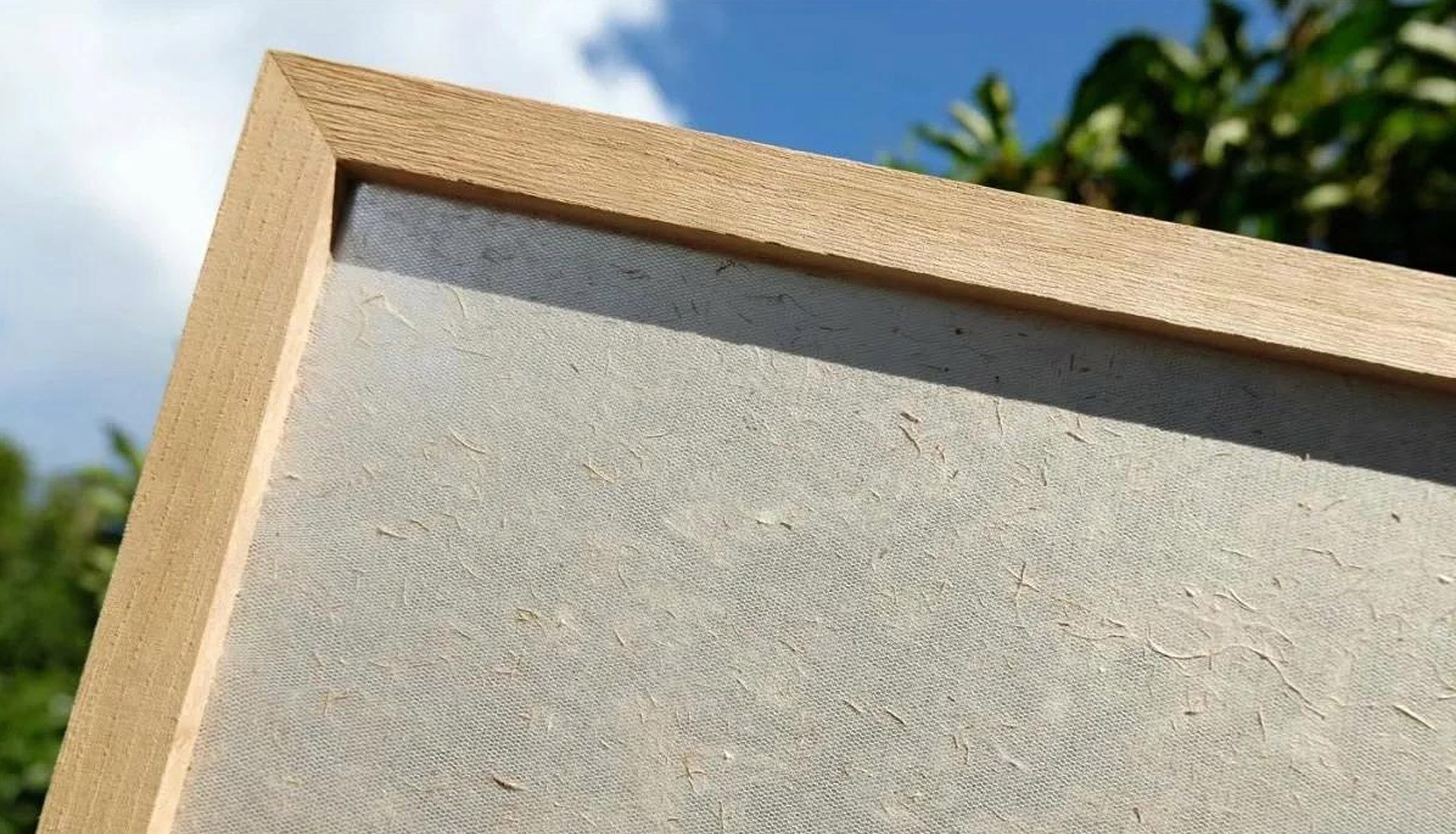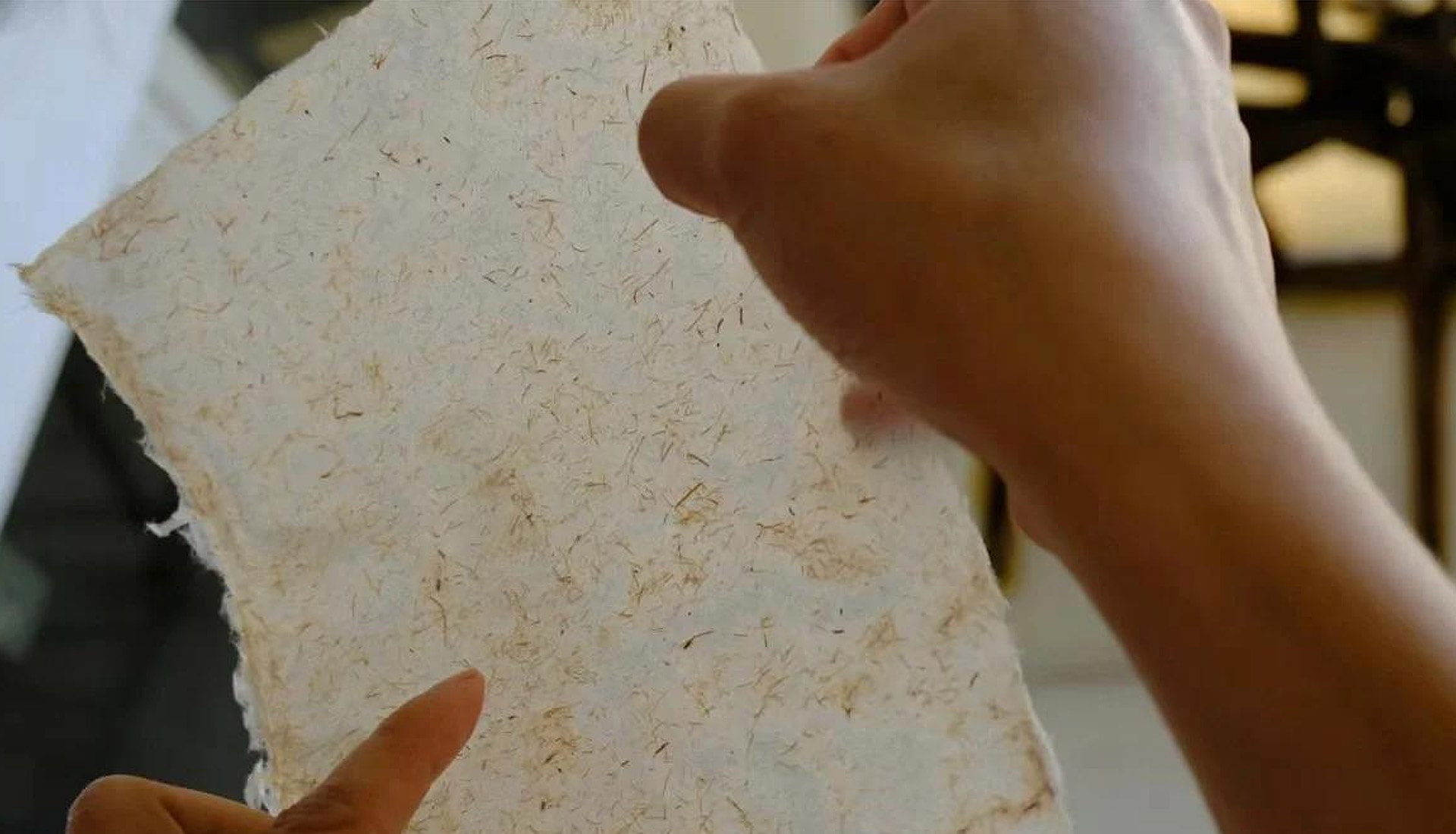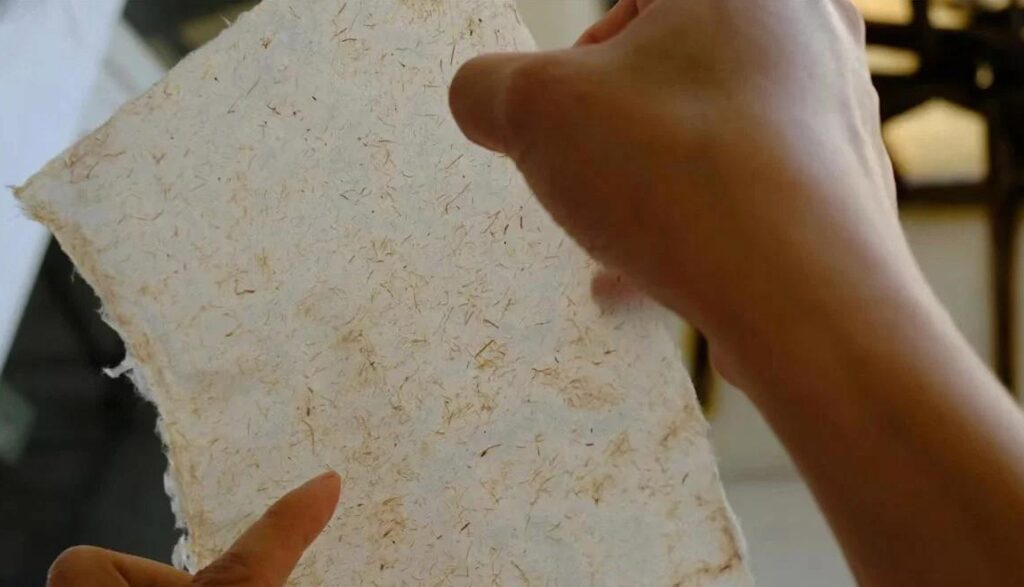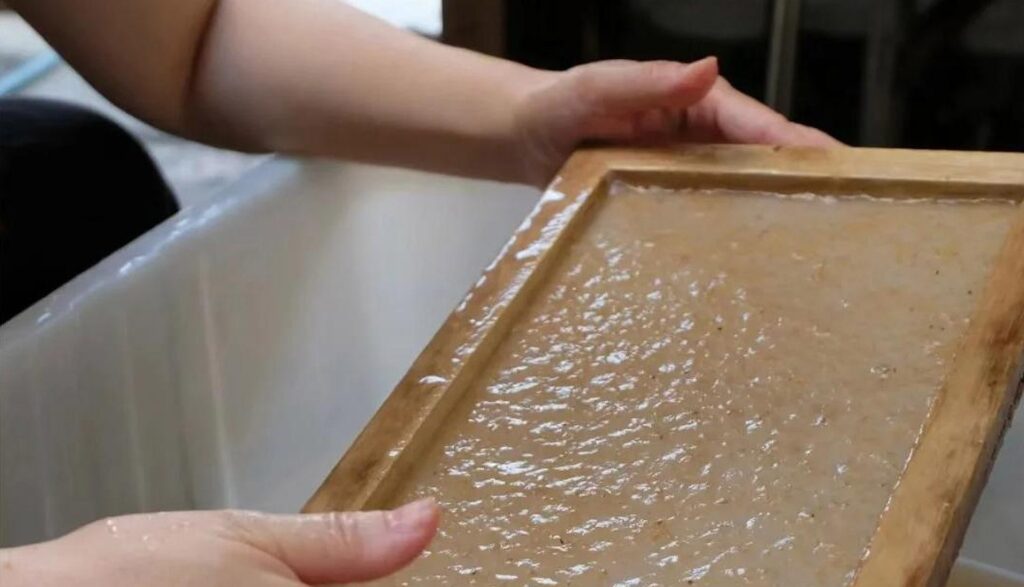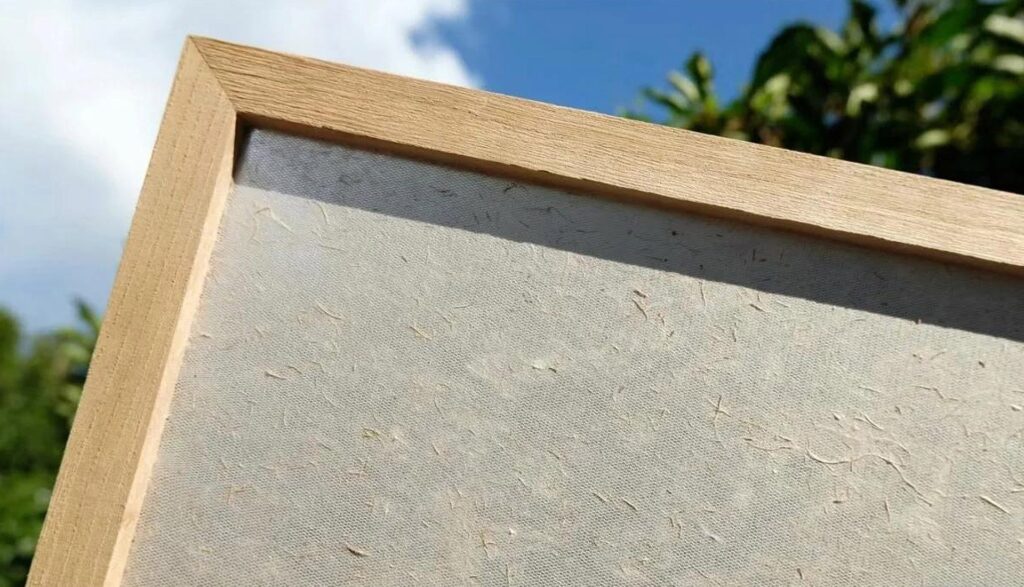Tibetan paper boasts many unique qualities: it is strong, fold-resistant, wear-resistant, corrosion-resistant, insect-proof, and naturally acid-free. These exceptional features give it a remarkable advantage in preserving historical texts and cultural classics. In Tibet, many ancient scriptures and historical records printed on handmade Nimu paper have been perfectly preserved for over a thousand years.

